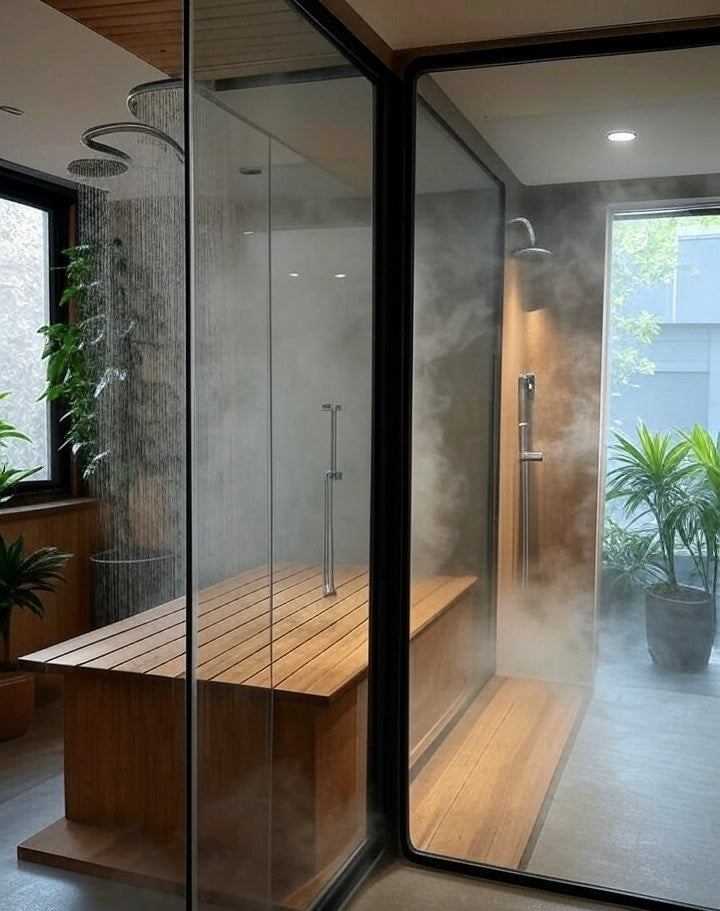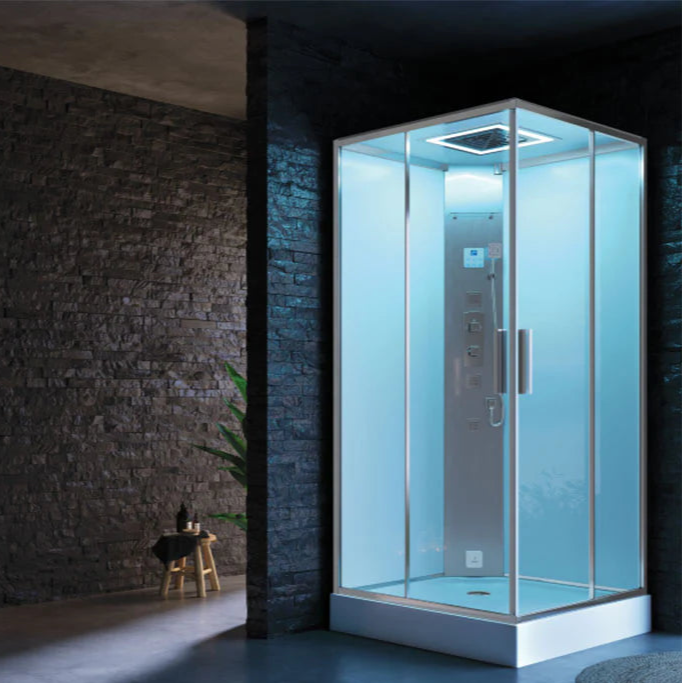Short Answer: Start with 1–2 minutes in 10–15 °C water! Ready to brave your first Ice bath? Learn how to ease into your Cold Plunge, whether it’s an Ice Bath Tub or a Cold Plunge Tub, with safe, simple steps that make it invigorating (not terrifying).

1. Understanding Cold Plunge Therapy
1.1 What is a Cold Plunge?
A Cold Plunge is an immersion in cold water, usually between 10–15 °C.
This can be a simple Ice Bath Tub, Cold Plunge Tub, or even a stock tank.
Cold water immersion has roots in ancient practices, from Roman baths to Nordic traditions.
Modern options range from DIY tubs to high-tech chillers.
1.2 The Science-Backed Benefits
Benefits include muscle recovery, reduced soreness, improved circulation and mood.
Cold plunging can support metabolism and even strengthen the immune system.
It’s a natural way to boost mental resilience and manage stress.
2. Preparing for Your First Cold Plunge

2.1 Mental and Physical Readiness
Approach your first plunge with a calm mindset.
Visualise success and accept initial discomfort.
Stay relaxed and focused.
2.2 Essential Gear and Setup
You’ll need a tub or Ice Bath Tub.
Get a reliable thermometer to check temperature.
Have a towel, warm clothes ready, and ideally a buddy to watch you.
Safety first!
2.3 Determining Your Baseline Tolerance
Test with cool showers or brief foot soaks.
Understand how your body reacts before full immersion.
This helps prevent shock.
3. Your First Cold Plunge Session: A Step-by-Step Approach
3.1 Setting the Right Temperature
Aim for 10–15 °C (50–59 °F) for beginners.
Colder isn’t always better.
Stick with safer, manageable temperatures at first.
3.2 How to Enter the Cold Plunge
Enter slowly if needed or choose full immersion.
Use controlled breathing like box breathing.
This calms the cold shock response.
3.3 Recommended Duration for Beginners
Start with 30 seconds to 1–2 minutes.
Build gradually as you adapt.
There’s no prize for staying in too long on day one!
3.4 Listening to Your Body
If you feel dizzy, numb or panicky, exit immediately.
Respect your limits and avoid pushing too hard.
Safety always comes first.
4. Safety and Common Mistakes to Avoid
4.1 Potential Risks
Cold shock can cause hyperventilation and panic.
Hypothermia is possible with prolonged exposure.
Cardiovascular stress may affect those with heart conditions.
4.2 When to Consult a Doctor
If you have pre-existing conditions or concerns, talk to your GP first.
Better safe than sorry.
4.3 Crucial Safety Precautions
Never plunge alone.
Stay hydrated before and after.
Avoid alcohol and caffeine before plunging.
These can increase risk of complications.
5. Post-Plunge Care and Building a Routine
5.1 Warming Up Safely
Rewarm slowly with layers or mild movement.
Avoid sudden heat (like hot showers) immediately.
Let your body adjust naturally.
5.2 The "Afterglow" and Mental Resilience
Embrace the post-plunge high—clear mind, boosted mood.
It’s normal to feel energised and focused.
Cold plunging is as much mental as physical training.
5.3 Frequency and Consistency for Long-Term Benefits
Start with 2–3 sessions a week.
Gradually increase frequency if desired.
Consistency leads to better tolerance and lasting benefits.
Conclusion:
Your first Cold Plunge can be a game changer.
With the right preparation, safe techniques, and a calm mindset, you’ll transform that icy dread into an invigorating routine that supports body and mind.
Takeaways:
Start slow.
Stay safe.
Listen to your body.
Enjoy the chill!






